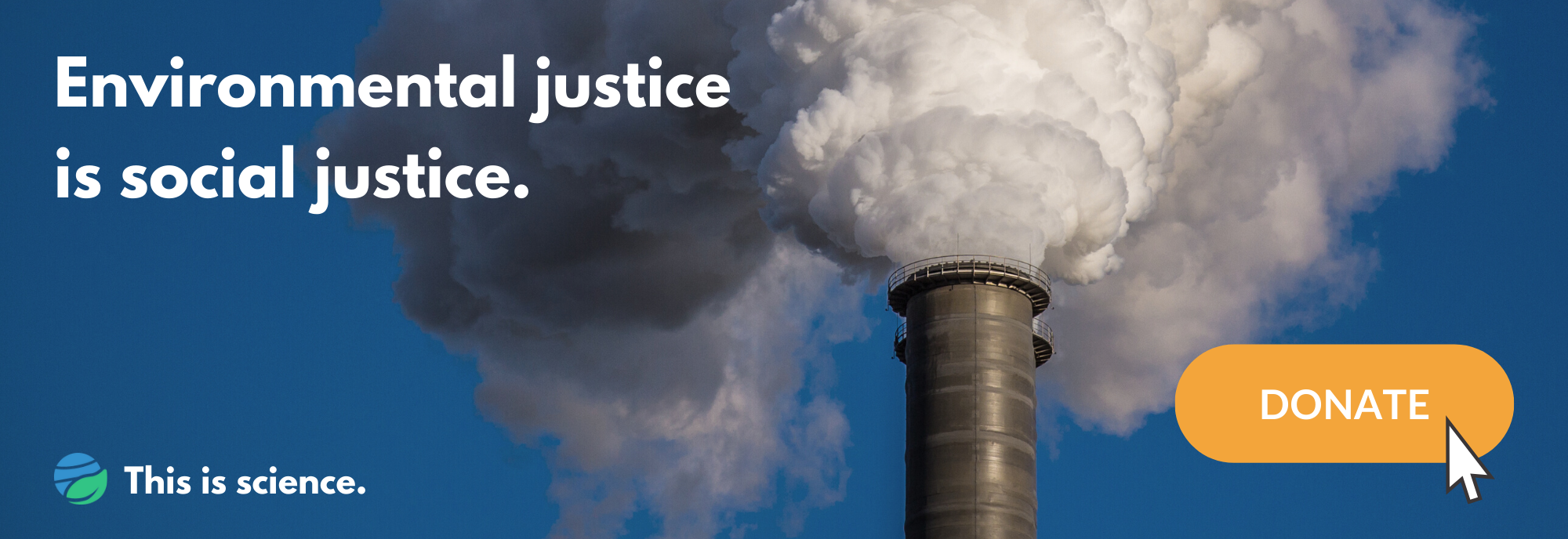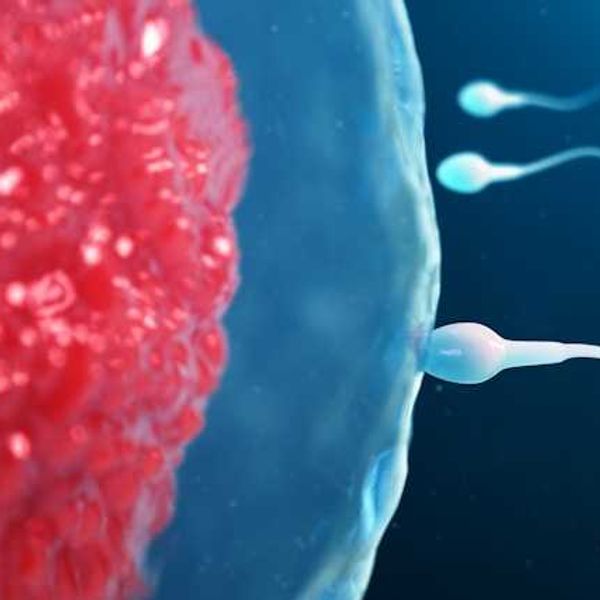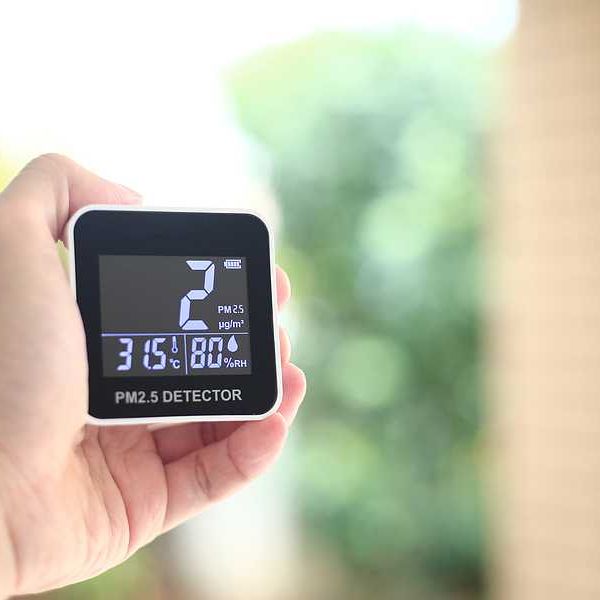What makes us fat? The current medical view is that obesity is due to overeating and insufficient exercise. That is like saying alcoholism is due to drinking too much.
For most obese people, reducing body weight to within the “normal range” is not accomplished by simply eating less and exercising more. Current approaches focus on intervention once someone is obese using diets, drugs, and surgery. If these approaches were working, there would be a decline in obesity rates. Yet, obesity continues to increase at alarming rates worldwide, especially in children and minority communities. A new approach is needed.
The bad news
There is good news and bad news about preventing obesity.
The bad news is that we are all exposed to synthetic chemicals that can promote obesity, such as bisphenols, phthalates, flame retardants, and perfluorinated chemicals, in our environment and in common household products. Exposure to these “obesogens” at any time of life can increase weight gain.
The most sensitive time for obesogens to affect weight gain is when a pregnant mother is exposed, and the chemicals cross the placenta and into the developing fetus. Obesogens disrupt the normal development of adipose (fatty) tissue, as well as the liver, gastrointestinal tract, brain, and tissues involved in regulating metabolism. These permanent changes lead to increased susceptibility to developing obesity later in life, making it easier to gain weight and harder to lose it and to keep the weight off.
Related: Chemicals in everyday products are spurring obesity
Obesogens can increase weight even without increased food intake because they can alter metabolism and promote increased storage of calories.
The good news
The good news is that we know that there are obesogens, we know a number of them by name, and we know where their exposures come from and how many act to increase weight gain. Reducing exposures should lead to decreased incidence of obesity. Decreasing human exposure to obesogens is a viable strategy to prevent obesity, particularly in pregnant women of childbearing age and children through adolescence. Focusing on prevention is a timely and critical component of any public health approach to stopping the obesity pandemic.
Understanding and acceptance of obesogens
Why do policymakers and regulators not focus on preventing obesity by reducing exposures to obesogens? Perhaps because obesogens are not well understood within the medical community. The long-term goal is to change public health policies, but an important short-term goal is to stimulate global understanding of obesogens.
Most medical practitioners wait until someone is overweight or obese and then try to mitigate the weight gain and associated diseases. Whatever the reason for this inappropriate focus, their ethical obligations as healthcare providers require that clinicians empower patients to make informed decisions about their health.
It is time to have clinicians— particularly in the OB-GYN field—become knowledgeable about obesogens, how and when they act, and how to reduce exposures to educate patients.
It is also critical that pediatricians explain to mothers how to reduce exposure to obesogens in babies, children, and adolescents during sensitive times when the metabolic system is developing.
Once the clinical community understands the importance of preventing obesogen-induced obesity, we hope this acceptance will stimulate policymakers and regulators to take action to regulate and remove these harmful chemicals from products.
We have written a series of reviews that underscore the role of obesogens in the current obesity pandemic and urgently call for an increased focus on preventing obesity. The data presented in these reviews support action by both clinicians and regulators to protect all of us, especially our sensitive babies, from the effects of these harmful chemicals.
Jerrold J. Heindel, Ph.D. retired Program Administrator from the National Institute of Environmental Health Sciences has submitted this commentary on behalf of HEEDs Elders (www.HEEDS.org), a group of pioneering senior scientists in the endocrine disruption field who focus on improving the health of all the world's inhabitants.
- Vandenberg, Trasande, Sargis: Understanding endocrine disruptors ... ›
- BPA Pollution: What you need to know - EHN ›
- BPA substitutes linked to obesity in children and teens - EHN ›
- Chemicals in everyday products are spurring obesity - EHN ›
- Obesogens: Why it may be getting easier to gain weight - EHN ›
- The FDA needs to start protecting us from obesity-promoting food chemicals - EHN ›
- WATCH: Are plastics a threat to national security? - EHN ›
- Opinion: Researchers and clinicians acknowledge the role of chemicals in spurring obesity - EHN ›
- Untangling the causes of obesity - EHN ›



























